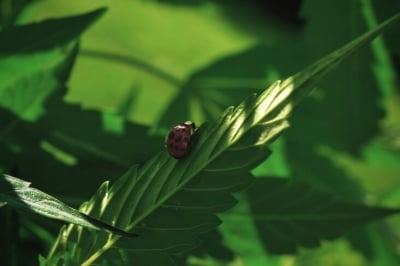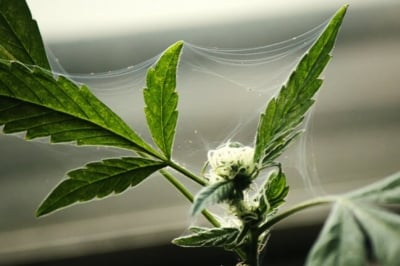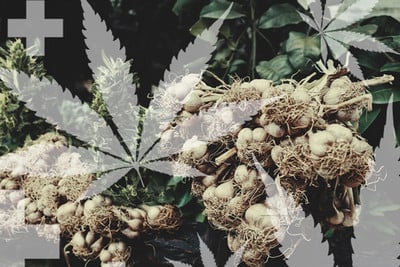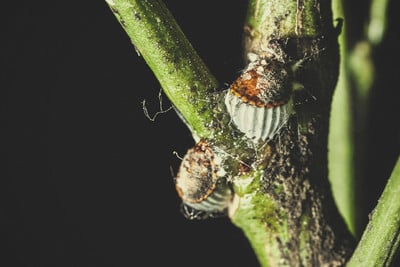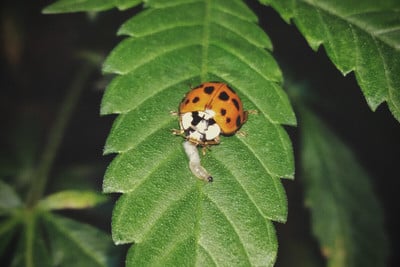.

How To Treat Common Cannabis Pests in a Hydroponic Grow
A long list of insects love the taste of cannabis stems, leaves, sap, and roots. Sure, outdoor plants are more likely to get inundated with pests, but indoor plants also fall prey to them. Six species are especially fond of the comfortable humidity and temperature conditions of hydroponic setups. Learn how to treat the six most common hydro pests.
Contents:
Your hydroponic grow tent might feel like a safe haven; you’re in complete control of the light cycle, temperature, and nutrient schedule. But don’t get complacent. Hydroponic growers also have to deal with pests. While bothersome insects are more prolific outdoors, they often wriggle, fly, and crawl their way into indoor growing operations too. Even if you’ve taken special care to secure your windows, vents, and other possible entrances, pests can enter via a host of vectors, including growing equipment, clothing, and growing media.
Identify and Eliminate Cannabis Pests From Your Hydroponic Grow
So, what exactly are you up against? Given the chances, many different pest species will "champ at the bit" to sink their mouthparts into your luscious cannabis leaves, stems, and roots. But six species, in particular, are much more successful at penetrating hydroponic cannabis setups and making a meal of plants.
Below, you’ll learn everything you need to know about these critters, including how to identify them and how to banish them from your cultivation space.
Aphids
These minute sap-sucking insects target the phloem, or vascular system, of plants. These internal tubes ferry water and dissolved nutrients throughout the plant. Aphids use their mouthparts to puncture plant tissue and siphon this precious liquid.
A handful of aphids can satisfy their needs without doing too much harm, but they multiply fast. When their numbers get out of control, they can quickly suck a plant dry. Without enough circulating nutrients, hydroponic cannabis plants become stunted and deprived. There are around 5,000 species of aphids, and each one generally targets a particular plant species. The hemp aphid (Phorodon cannabis) has a ravenous appetite for, well, cannabis sap.
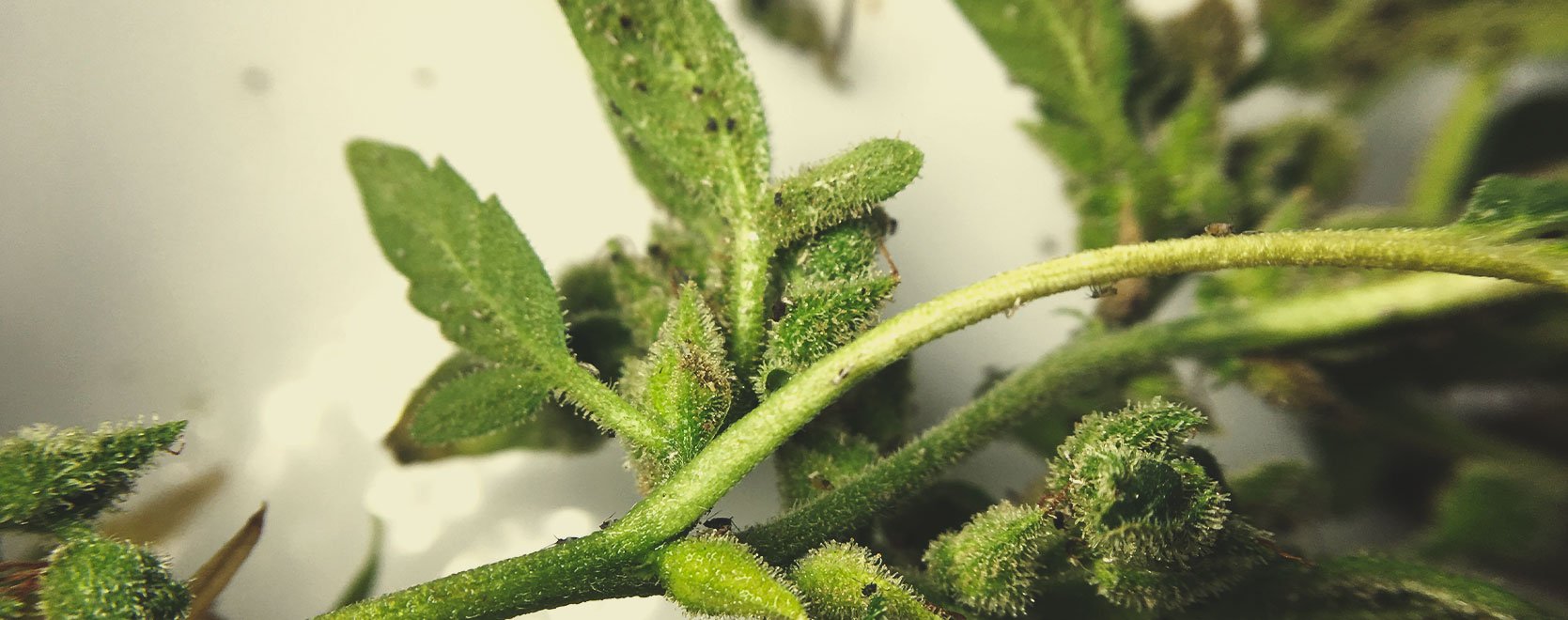
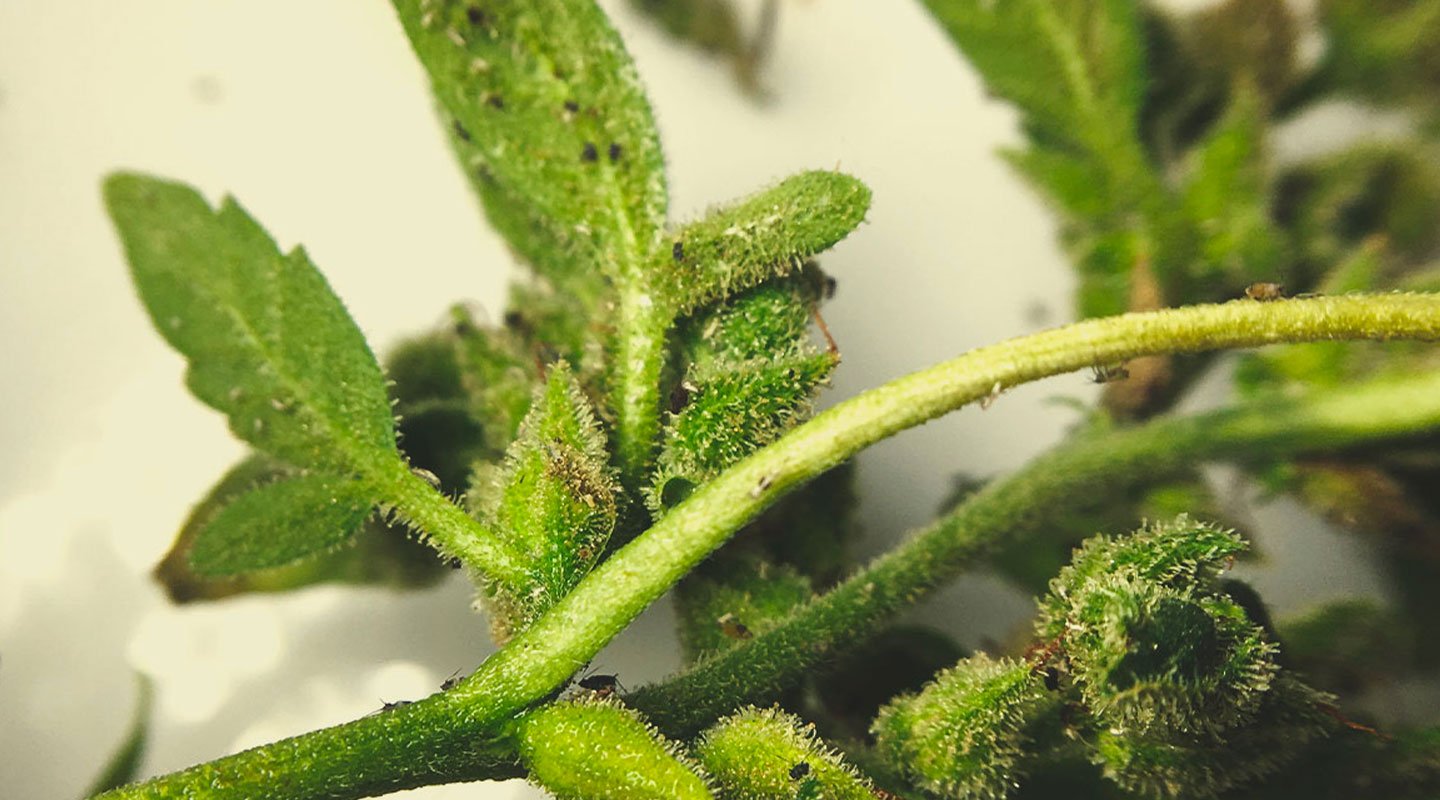
| How To Spot Aphids |
Cannabis aphids aren’t very subtle in their approach; they leave obvious signs as they go about sucking on sap. Perhaps the most obvious is the aphids themselves!
These pests congregate on the stems and leaves in large numbers, and primarily amass on the underside of fan leaves to shelter themselves from direct light. Other signs of aphids include:
|
| How To Treat Aphids |
So, how should you proceed in eliminating aphids from your hydro grow?
|
| How To Spot Aphids |
Cannabis aphids aren’t very subtle in their approach; they leave obvious signs as they go about sucking on sap. Perhaps the most obvious is the aphids themselves! These pests congregate on the stems and leaves in large numbers, and primarily amass on the underside of fan leaves to shelter themselves from direct light. Other signs of aphids include:
|
| How To Treat Aphids |
So, how should you proceed in eliminating aphids from your hydro grow? Check out the most effective methods:
|
Root Aphids
Root aphids aren’t dissimilar to their above-ground cousins. Instead of sucking sap from leaves and stems, though, they target the roots. However, the life cycle starts on the aerial parts of the plant. Once the eggs hatch, these critters migrate downward. Yes, root aphids also impact hydroponic cannabis plants!
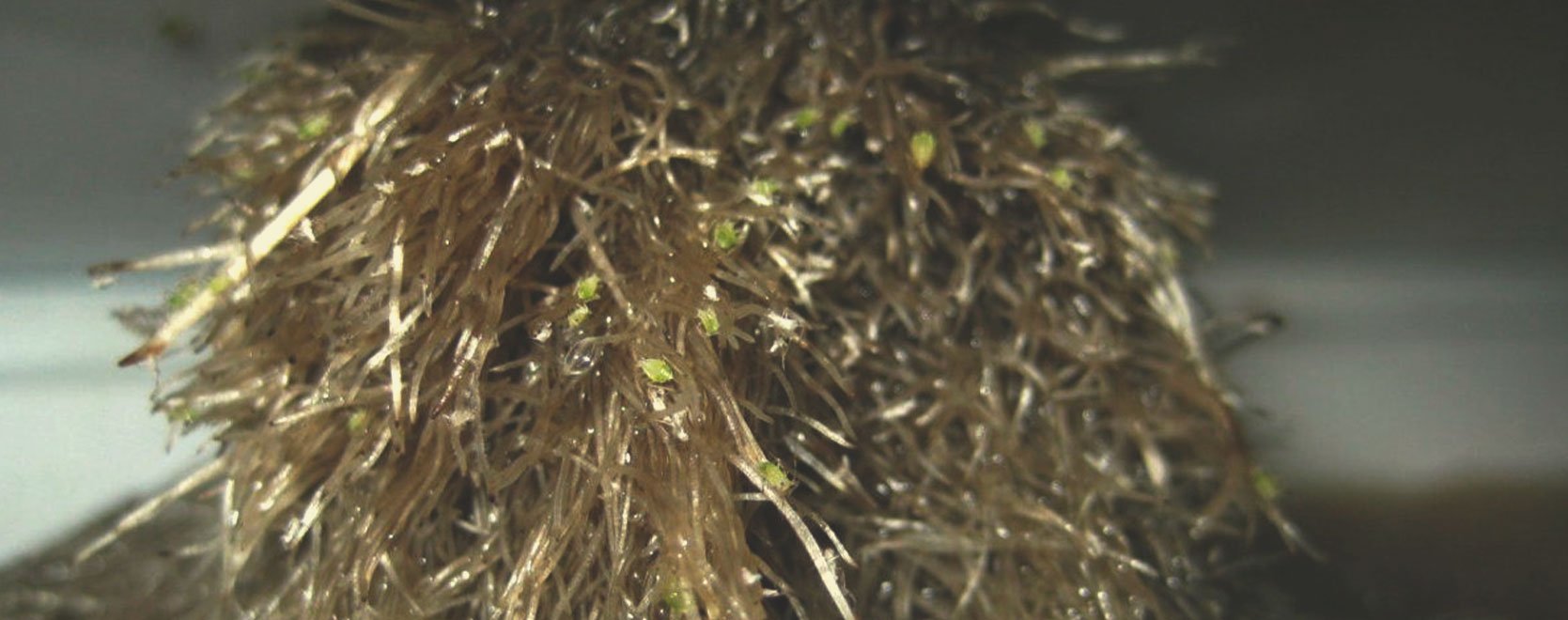
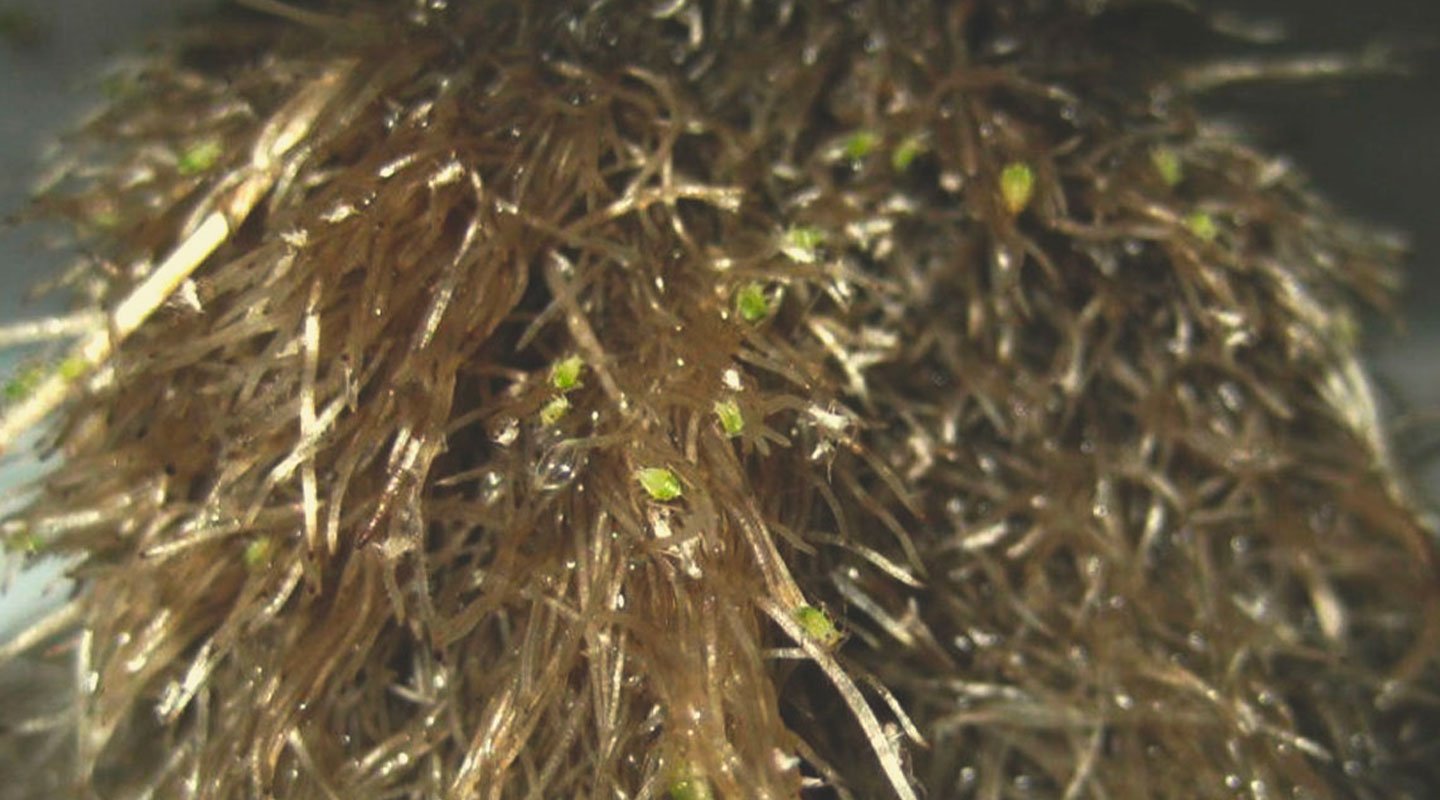
| How To Spot Root Aphids |
Root aphids are easier to spot when growing hydroponic cannabis. While soil growers can’t peer into the rhizosphere, hydro growers can take a direct look at the root system. Here’s what to look for:
|
| How To Treat Root Aphids | In order to eliminate root aphids in hydro, in coco, or in Rockwool, you have to be aggressive, but cautious:
|
| How To Spot Root Aphids |
|
Root aphids are easier to spot when growing hydroponic cannabis. While soil growers can’t peer into the rhizosphere, hydro growers can take a direct look at the root system. Here’s what to look for:
|
| How To Treat Root Aphids |
In order to eliminate root aphids in hydro, in coco, or in Rockwool, you have to be aggressive, but cautious:
|
Spider Mites
Spider mites often show up in hydroponic cannabis grows. As a species of mite, the “spider” in their name merely refers to the silk webs they spin in order to protect their colonies from predators. These tiny pests hang out on the underside of leaves, frequently piercing plant tissue to feed on cells. Once a spider mite colony achieves a respectable size, it can do some real damage.
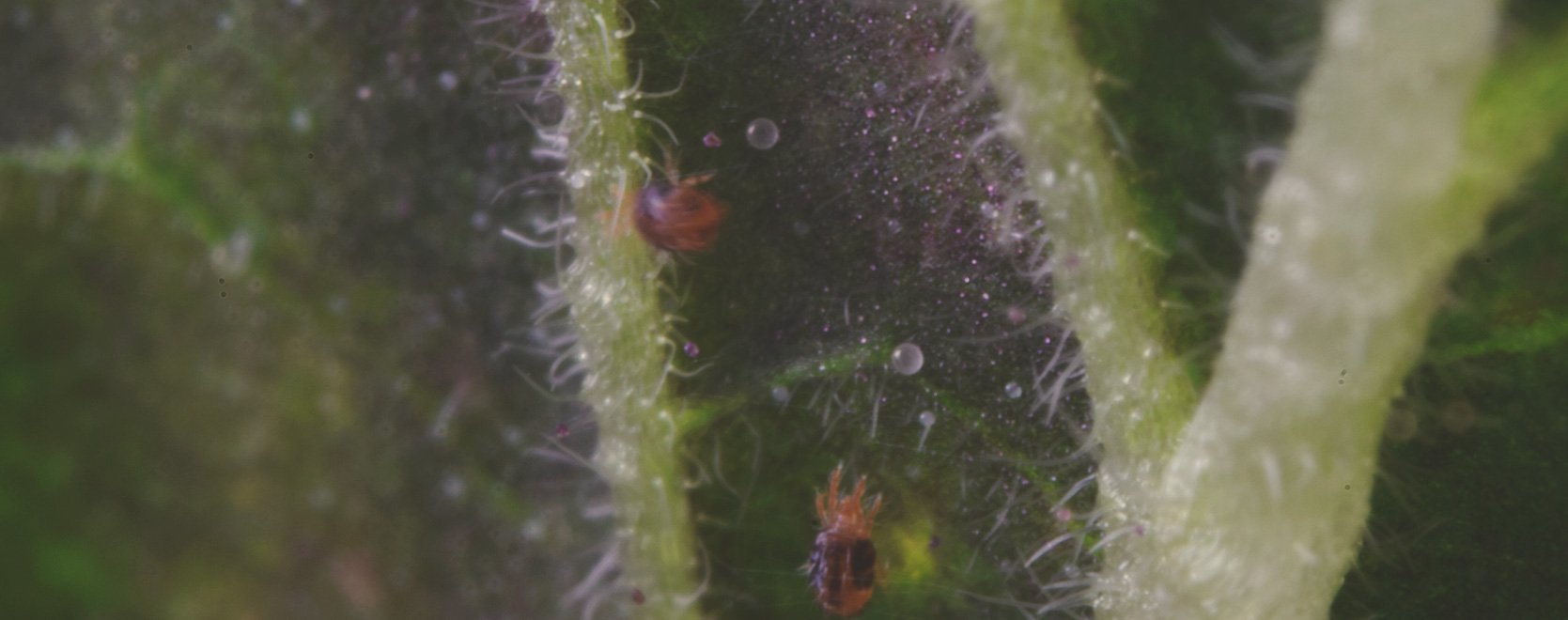
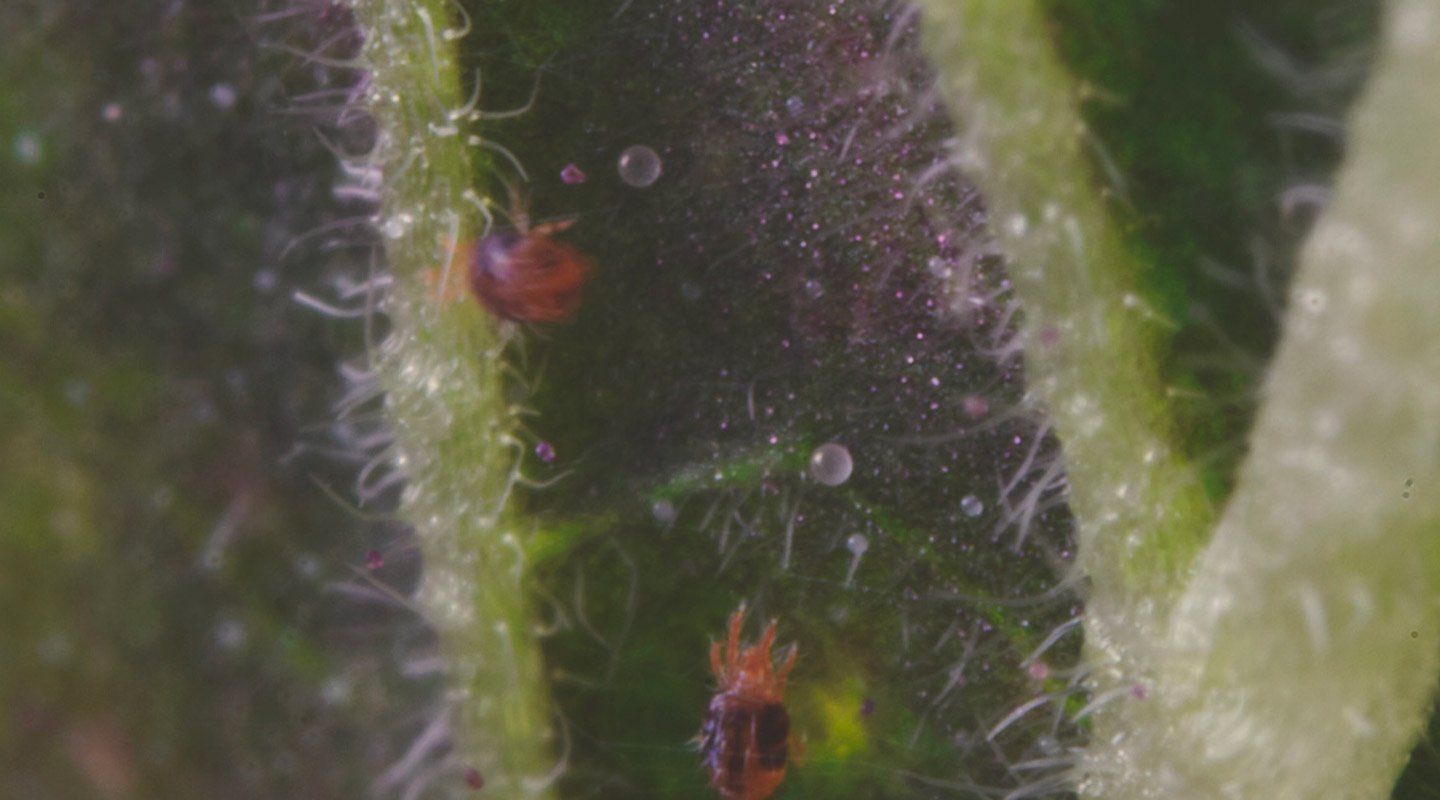
| How To Spot Spider Mites | Fortunately, spider mites leave tell-tale signs that make them easy to spot before they develop a substantial foothold. Look out for:
|
| How To Treat Spider Mites | Once you discover the presence of spider mites, don’t hang around! Use the tips below immediately to deal with the infestation:
|
| How To Spot Spider Mites |
|
Fortunately, spider mites leave tell-tale signs that make them easy to spot before they develop a substantial foothold. Look out for:
|
| How To Treat Spider Mites |
Once you discover the presence of spider mites, don’t hang around! Use the tips below immediately to deal with the infestation:
|
Fungus Gnats
Although they’re pests in the eyes of hydroponic cannabis growers, fungus gnats play a crucial ecological role. They feast on fungi in the soil, contribute to the decomposition of organic matter, and even carry pollen and fungal spores. Despite their vital function, fungus gnat larvae have a habit of damaging cannabis root hairs, and the adults carry diseases, such as “damping off”, that kill seedlings.
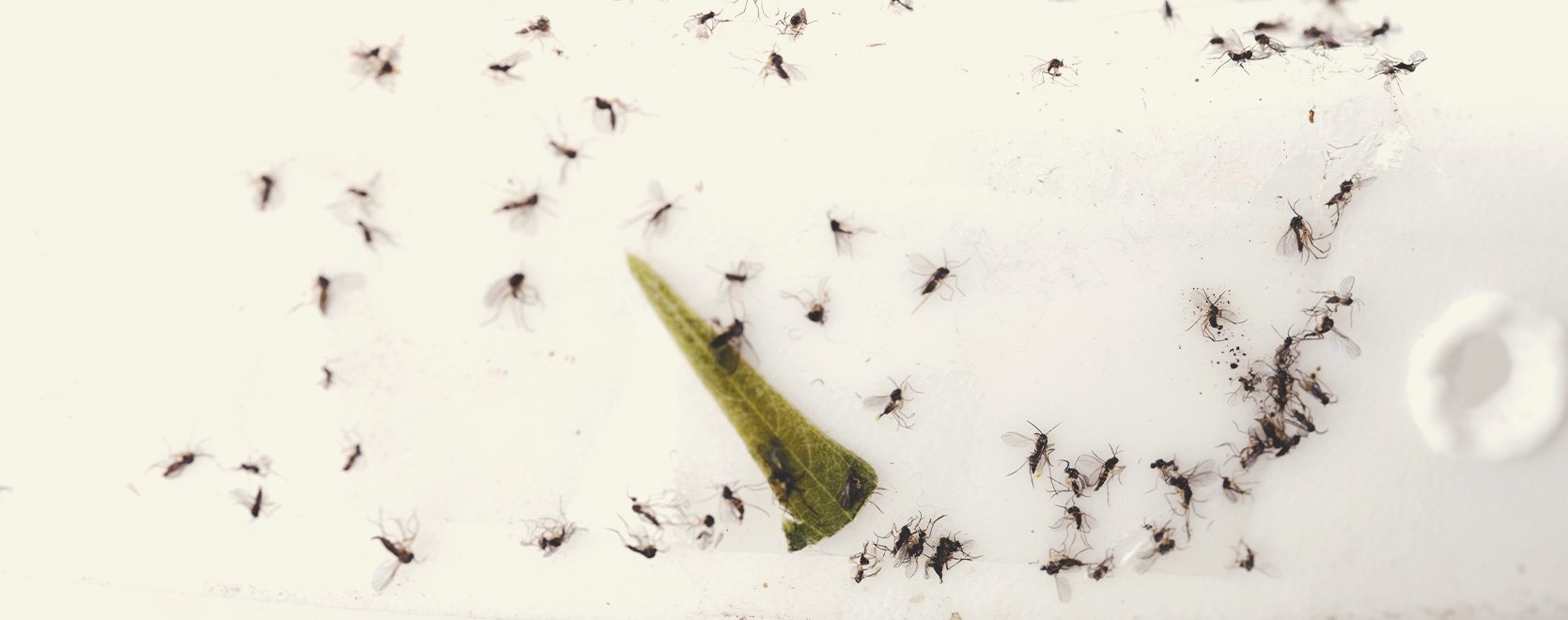
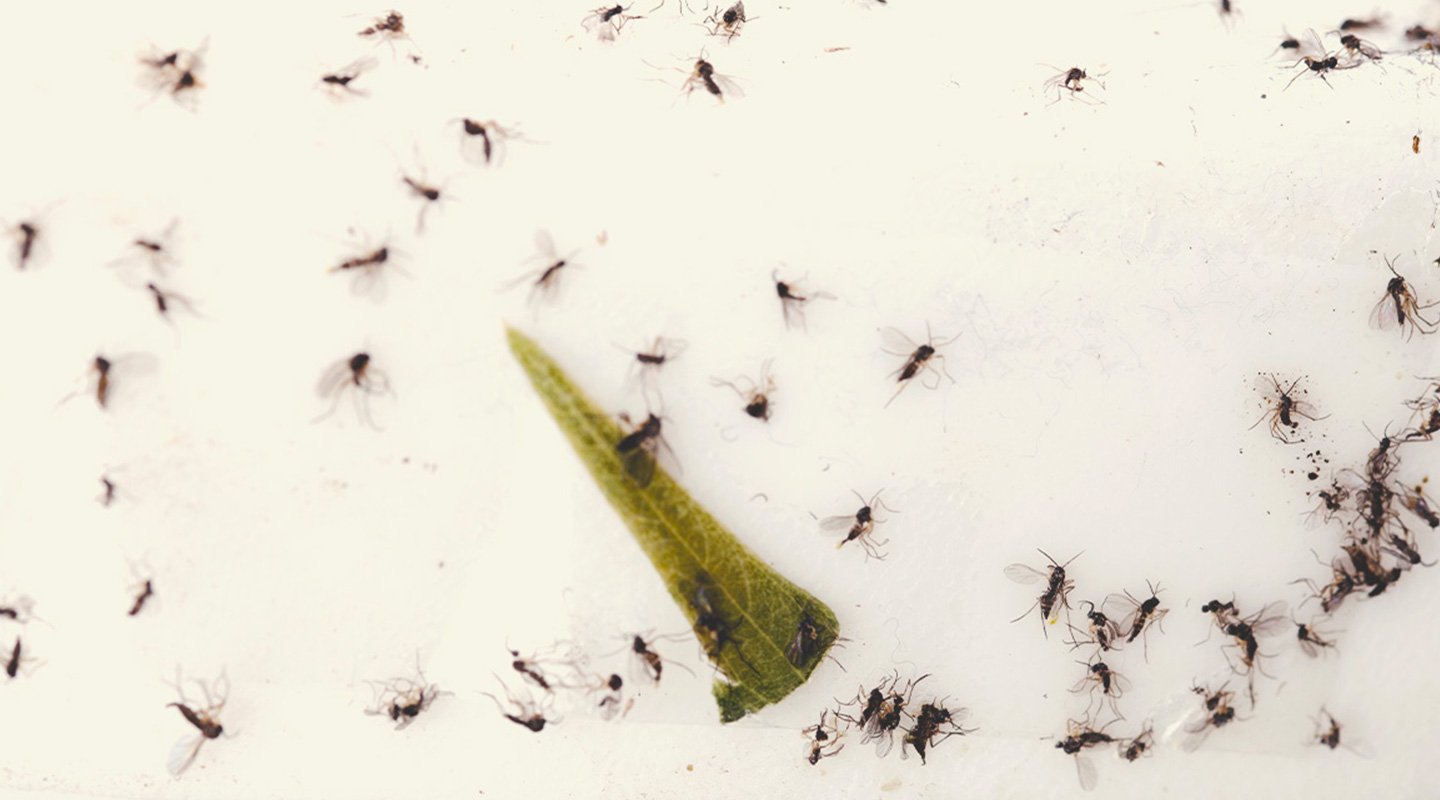
| How To Spot Fungus Gnats | A fungus gnat infestation is generally easy to identify in a hydro cannabis grow:
|
| How To Treat Fungus Gnats | How to go about killing fungus gnats in hydroponics? Consider these options:
|
| How To Spot Fungus Gnats |
|
A fungus gnat infestation is generally easy to identify in a hydro cannabis grow:
|
| How To Treat Fungus Gnats |
|
How to go about killing fungus gnats in hydroponics? Consider these options:
|
Whiteflies
Another sap-sucker, whiteflies also dwell on the underside of leaves. After dining on sap, they excrete a sticky substance that accumulates and attracts other pests and contributes to the growth of molds. Whiteflies can work their way through vents, or simply fly through open windows and doors, and lay their eggs in circular groups of 30–40 on cannabis leaves.
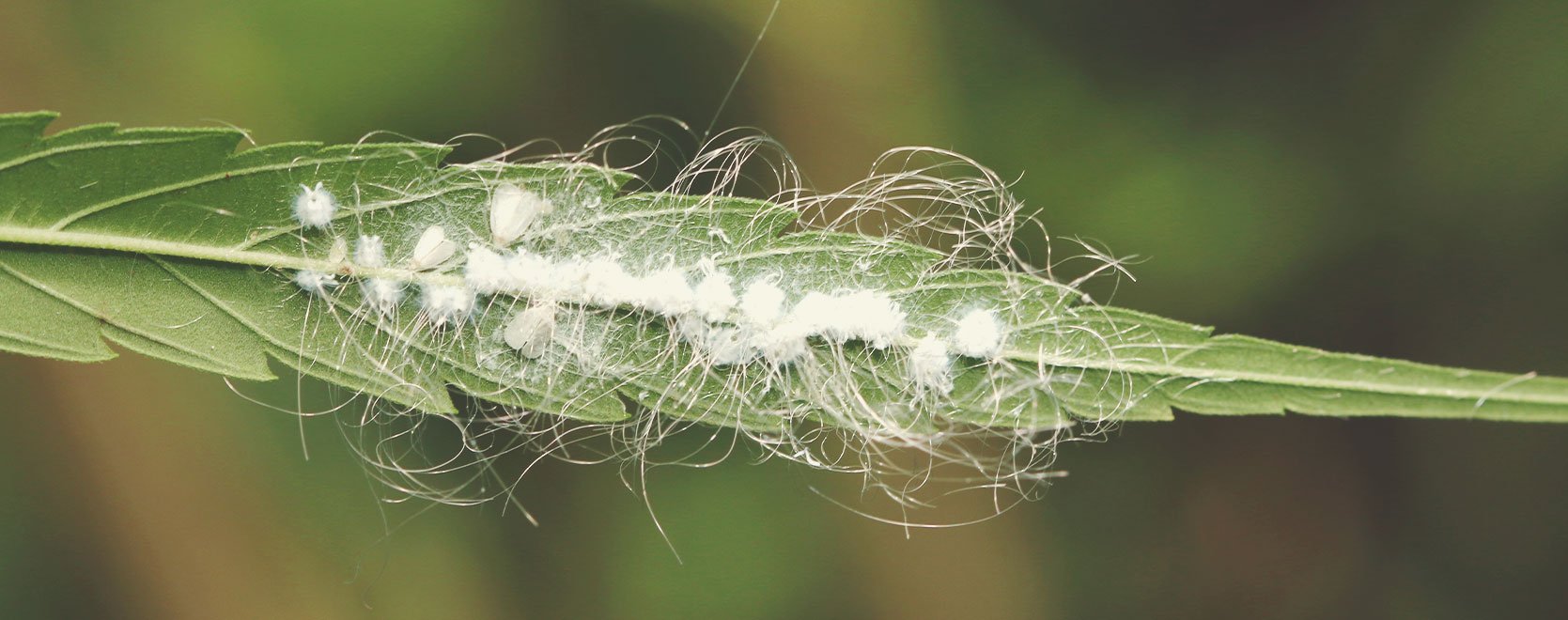
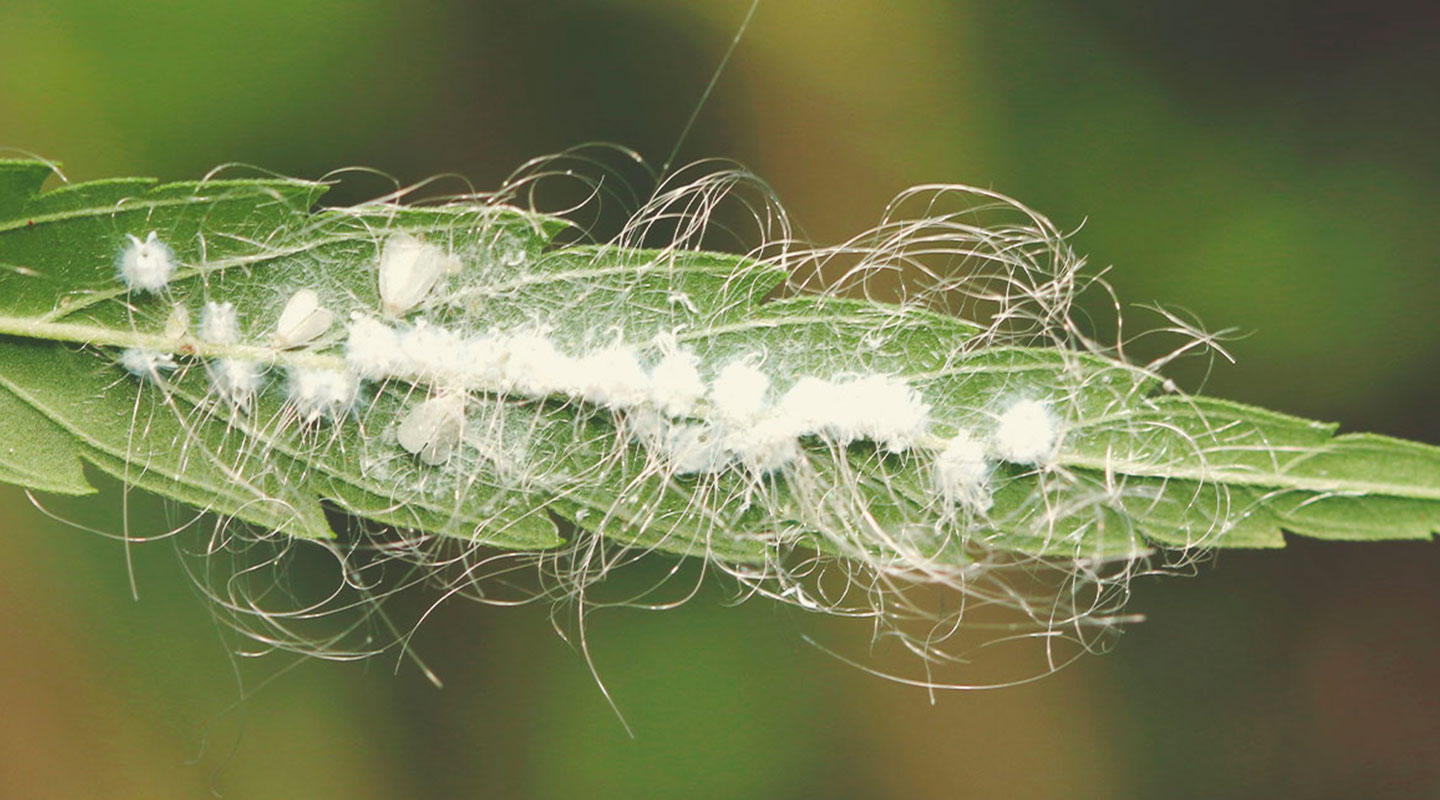
| How To Spot Whiteflies | Much like aphids, whiteflies puncture cannabis tissue and drain out sap, which leads to a list of similar symptoms. The primary signs of a whitefly infestation are:
|
| How To Treat Whiteflies | Are whiteflies taking a toll on your hydroponic weed plants? Use these tips to get rid of them as soon as possible:
|
| How To Spot Whiteflies |
|
Much like aphids, whiteflies puncture cannabis tissue and drain out sap, which leads to a list of similar symptoms. The primary signs of a whitefly infestation are:
|
| How To Treat Whiteflies |
|
Are whiteflies taking a toll on your hydroponic weed plants? Use these tips to get rid of them as soon as possible:
|
Thrips
Thrips love the conditions of indoor growing environments. The controlled temperatures, consistent lighting, and abundance of water in hydroponic setups is a haven for these creatures. Surprise, surprise—thrips also have a penchant for cannabis sap. Think about it. This rich substance contains all of the nutrients plants need to survive. Why wouldn’t they tuck in?
But thrips don’t just pose a direct physical threat to your hydroponic cannabis plants. This pest also carries over viruses that cause plant disease. You don’t want them anywhere near your indoor grow.
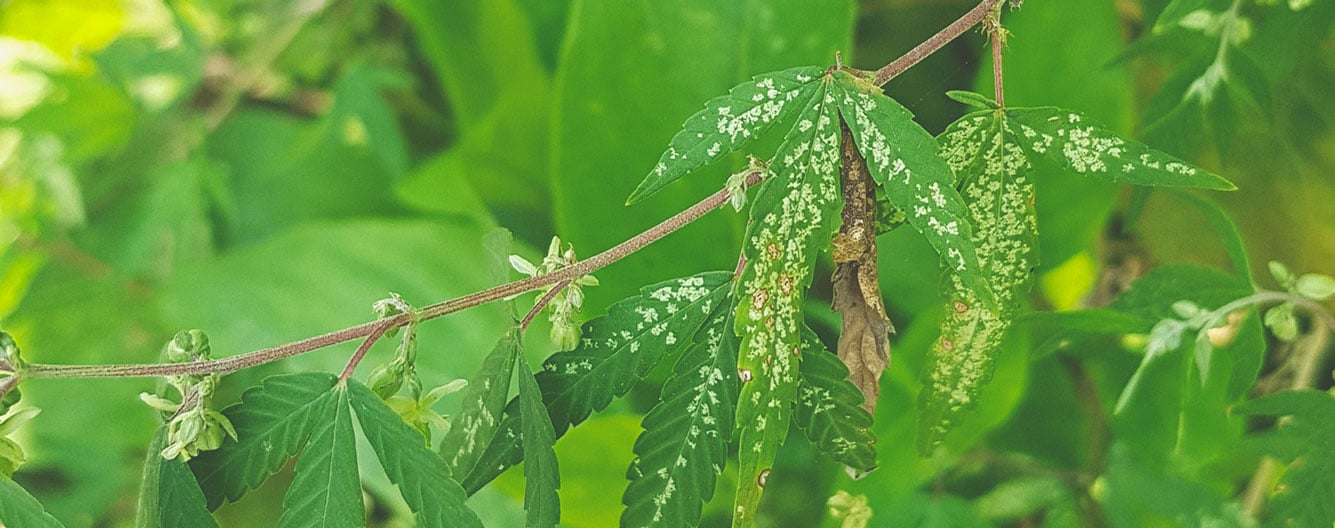
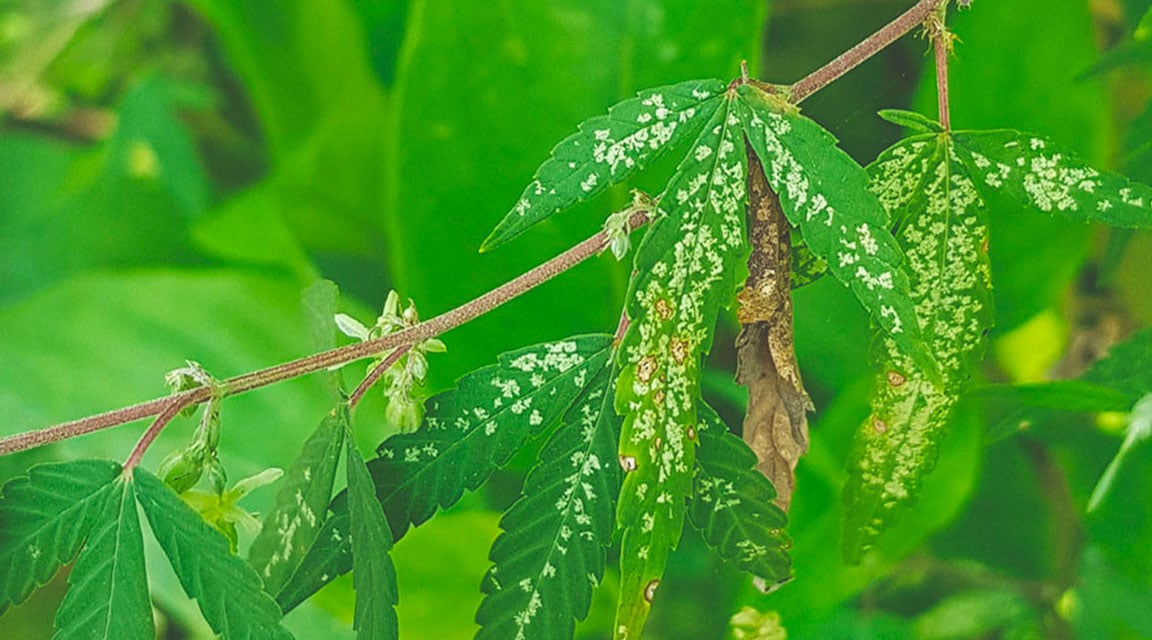
| How To Spot Thrips | Your plants are looking worse for wear. How do you know you’re dealing with a thrip infestation? Look for these key signs:
|
| How To Treat Thrips | Got thrips? Don’t let this pest do any further damage. Take these measures to get the infestation under control and rescue your hydroponic grow:
|
| How To Spot Thrips |
|
Your plants are looking worse for wear. How do you know you’re dealing with a thrip infestation? Look for these key signs:
|
| How To Treat Thrips |
|
Got thrips? Don’t let this pest do any further damage. Take these measures to get the infestation under control and rescue your hydroponic grow:
|
Pests Threatening Your Hydro Grow? — Go on the Offense!
There you have it; now you’re equipped with the knowledge to defend your hydroponic cannabis plants against the six major pests that are out to get them. Remember, just because you’re growing in a cosy indoor setting doesn’t mean these critters won’t find a way in. Make an effort to keep your space clean, and regularly inspect your plants and hydroponic system for issues. The earlier you detect the signs of an infestation, the better the odds of saving your precious plants.





























